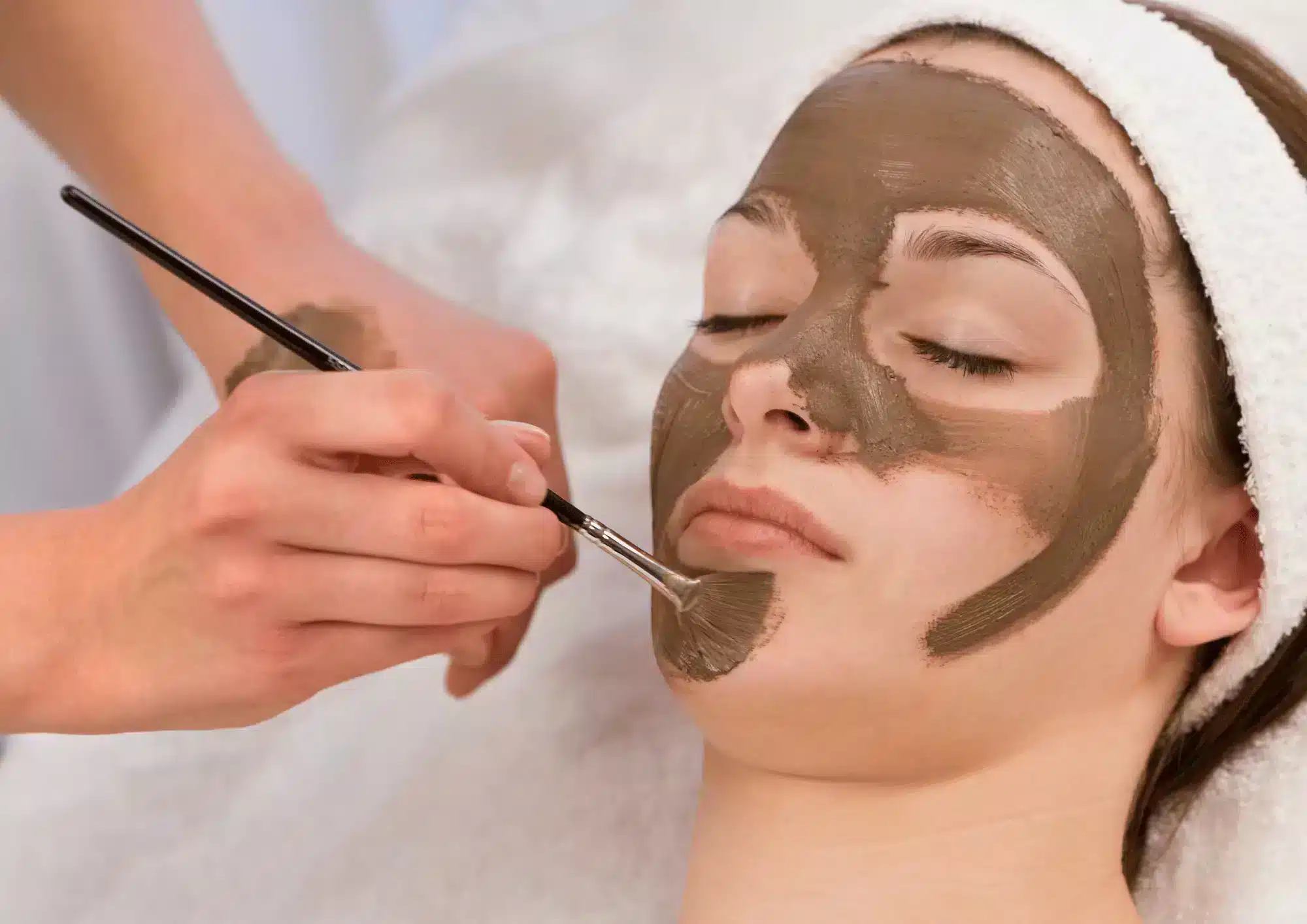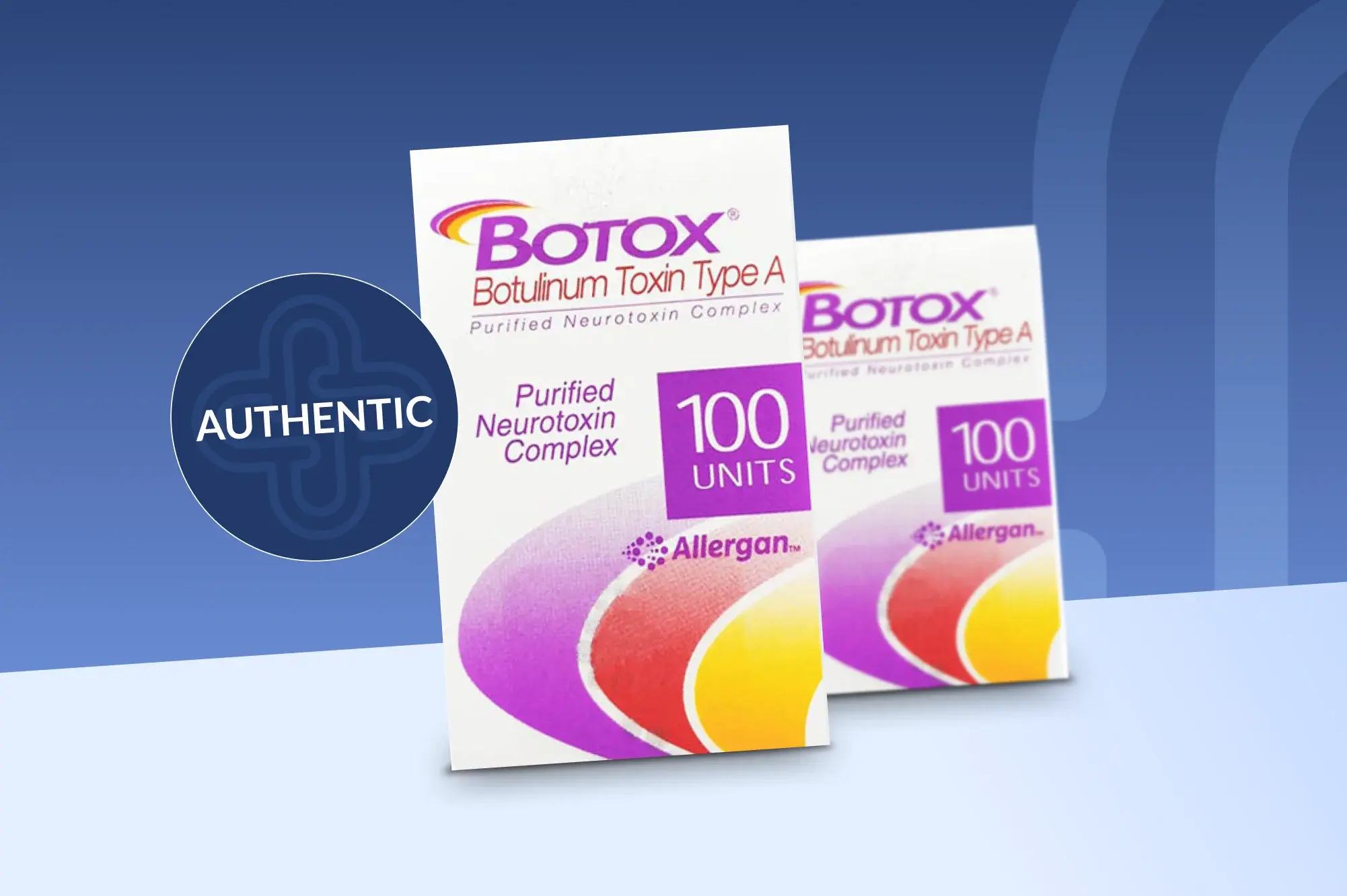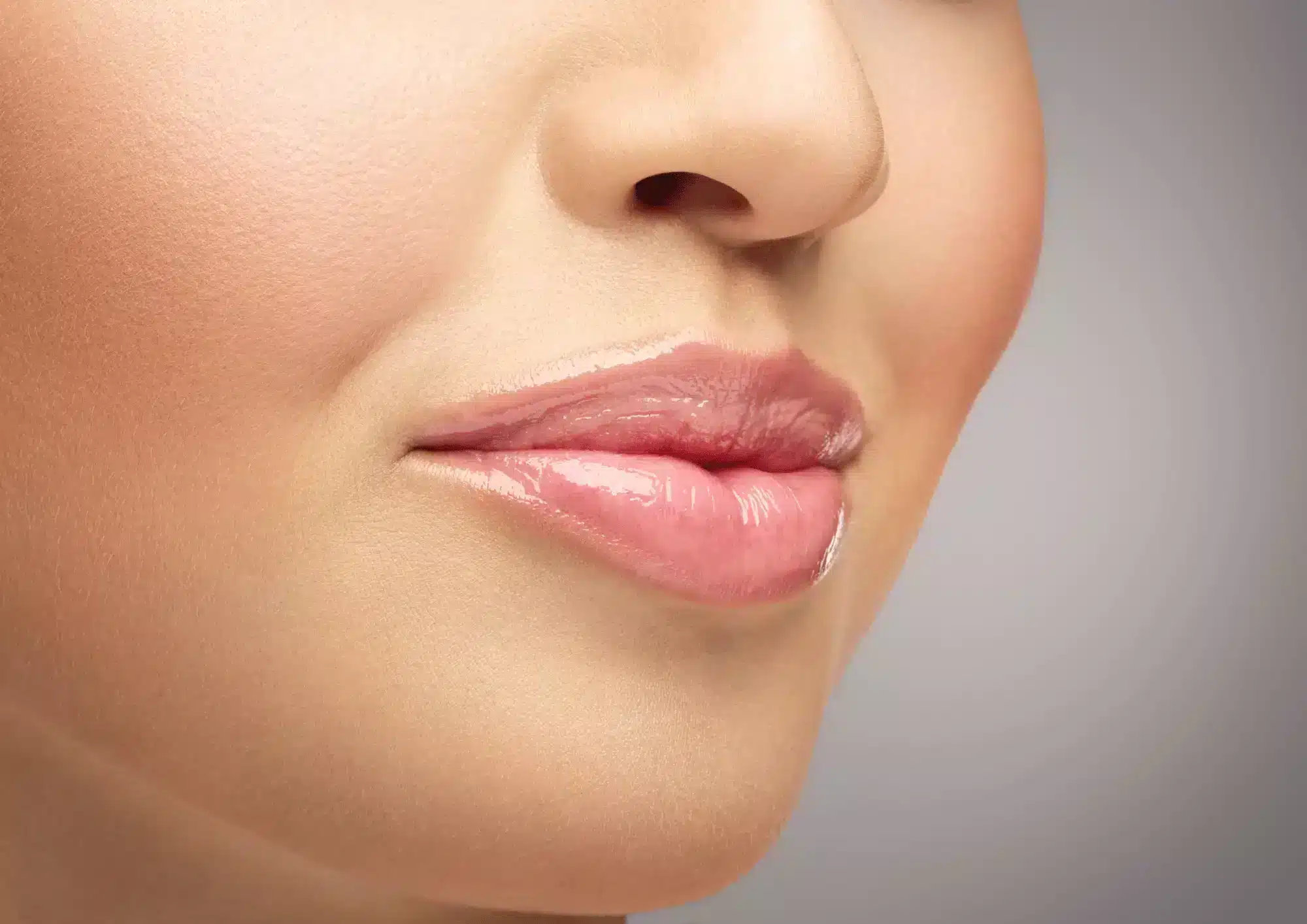A chemical peel is a cosmetic procedure that can help with a variety of skin issues and imperfections. It works by exfoliating and peeling the top layer of skin to remove the dead and damaged cells. Once these cells are removed, the younger cells beneath are revealed, producing a more even, radiant overall appearance in the skin that has received the treatment. Offered on the market chemical peels are typically made of a few common ingredients. These ingredients include:
• Glycolic acid: This is an alpha hydroxy acid (AHA) that is a common ingredient in many over-the-counter cosmeceuticals. It helps to reduce the appearance of scarring, discoloration, fine lines, and wrinkles. By reducing these skin imperfections, it helps to promote a brighter appearance overall.
• Salicylic acid: This is a beta hydroxy acid (BHA) and a type of phenolic acid that is one of the most popular ingredients in acne-fighting skincare products. This is a primary function it serves when included in a chemical peel solution, in addition to helping reduce the size of large pores and treat and prevent blackheads and whiteheads.
• Lactic acid: This is a gentler acid in the alpha hydroxy acid family that is best for patients with sensitive skin. It can help prevent premature aging and treat sun damage, as well as fighting acne and evening out discoloration caused by hyperpigmentation.
• Trichloroacetic acid: Trichloroacetic acid (TCA) is an acetic acid that is often used by dermatologists to help patients who have sun damage in the skin. It is a great ingredient for reducing the appearance of fine fines and discolorations such as dark spots or age spots, as well as improving melasma.
• Resorcinol: This ingredient is very similar in composition to phenolic acid, and is typically used in combination with other ingredients instead of being used on its own. It assists in the treatment of all the skin imperfections for which people typically seek chemical peels.
Why should I get a chemical peel?
Chemical peel treatments can help patients achieve younger, brighter looking skin by eliminating or reducing the appearance of a number of skin issues and imperfections. When the superficial layer of skin is removed as a result of treatment, the skin imperfections that are caused by the damaged cells are also removed, to a degree. Chemical peels also help to prevent future issues such as acne and blemishes from occurring, as they remove dirt and oil along with the dead and damaged cells.
Chemical peels can help to treat the following skin issues:
• Moderate to coarse facial lines and wrinkles;
• Dryness;
• Uneven pigmentation including hyperpigmentation;
• Acne;
• Scars, including acne scars;
• Blemishes;
• Age spots or sun spots;
• Sun damage;
• Pre-cancerous growths.
Are there any risks?
Though chemical peels are a very safe treatment, there are some risks associated with the procedures and some side effects as well. Some issues that have occurred in the past are scarring, infection, and swelling in the skin, as well as a change in skin tone that may appear as either permanent hyperpigmentation or hypopigmentation. Chemical peels may also cause cold sores in patients who are prone to outbreaks. Expected side effects of treatment include flakiness or peeling of the skin, which is the desired result of the procedure, as this is the process by which the top layer of skin is removed. Additionally, chemical peels can cause increased sensitivity to the sun. However, when the procedure is performed by an experienced professional, complications are very rare.
Types of chemical peels
Chemical peels are suitable for most people, and there are different depths that are suitable for different issues and different patients. The different types of chemical peels and patients are:
• Light Chemical Peels for Sensitive Skin: Light chemical peels are usually made out of alpha hydroxy acids like glycolic, lactic, and salicylic acid, or even fruit acids for very light peels. They are perfect for patients who have minor skin imperfects, such as dryness or fine wrinkles, and are suitable for patients with sensitive skin.
• Medium Chemical Peels for Darker Skin: Medium chemical peels are typically made out of trichloroacetic acid and are suitable for patients who are not yet ready for the recovery time associated with deeper peels. They are great for surface wrinkles and superficial blemishes, as well as pigmentation issues. Medium peels are also the most suitable for patients who have darker skin, as deep peels may provide too much lightening to be safe for patients with dark skin tones.
• Deep Chemical Peels for Intense Correction: Deep chemical peels are the strongest procedures that offer the most correction. They typically use phenolic acid and are suitable for patients with coarse wrinkles, sun and age spots, and pre-cancerous growths. Deep chemical peels take the longest, with the solution having to remain on the approximately one to two hours, and also requires the most downtime for healing. They are not recommended for patients with darker skin tones or sensitive skin.
There are a few individuals who are not recommended for chemical peels, particularly deep chemical peels, as the risk of complications will be higher. This includes patients who have a history of heart disease, are prone to scarring, or who have a high tendency to develop fever blisters or cold sores.
Patients worldwide use chemical peels on a regular basis to keep their complexion refreshed, and often because of the results being similar to that provided by products such as Fillmed. If you’re thinking of trying out a chemical peel, learn more about popular brands such as peels made by Filorga.








